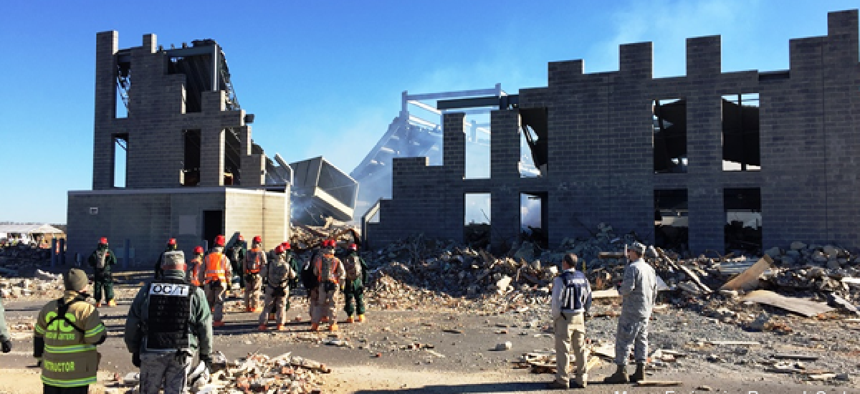DHS tests RF interference to improve emergency comm


Connecting state and local government leaders
The Department of Homeland Security and Mercer University partnered to test disruptions in the electromagnetic spectrum in order to improve first responder mobile communications.
During emergencies, maintaining a clear line of communication between first responders of different jurisdictions is critical. Interference between wireless receivers can be crippling to a mission. And occurrences of radio frequency (RF) interference can disrupt data sharing between wireless network devices.
However, the Department of Homeland Security along with the Mercer Engineering Research Center (MERC) at Mercer University in Georgia are now developing a program to test and solve RF interference, a significant benefit to emergency crews.
The joint Personal Area Network program will provide DHS access to research from MERC engineers to assist in making improvements to communication networks. MERC’s research will consist of a study and scenario-based event simulations to test real-time the challenges RF interference poses.
In a simulation that took place at the beginning of December, an explosion was set to cause a building to collapse, threating the release of harmful chemicals. Military personnel who participated – including over 300 Georgia Army and Air National Guard, along with police officers, paramedics and firefighters – responded to the threat in full chemical gear.
MERC deployed several communications devices in order to make the scenario as realistic as possible. The tech included Motorola portable radios and cell phones, the primary mobile communicators and Raytheon’s ACU 5000 multi-channel interoperable gateway, which linked command centers and responders in the field.
Globe Inc. provided Wearable Advanced Sensor Platform systems, including embedded physiological sensors. Two Sotera Wireless Inc., wireless vital signs monitoring devices were added to the RF environment.
During the exercise, the researchers introduced various RF waves into the operation area using three RF sensor tripods. MERC engineers then measured the RF interference in relation to the wireless devices. The data will be evaluated and analyzed to develop solutions for RF and electromagnetic interference.
DHS said it is optimistic about the partnership with MERC and the development of an RF resistant Personal Area Network. In executing the first-ever RF interference scenario-based test, DHS said it believes this new approach will not only protect property but save lives.
NEXT STORY: Improving President Obama’s P3 Proposal




